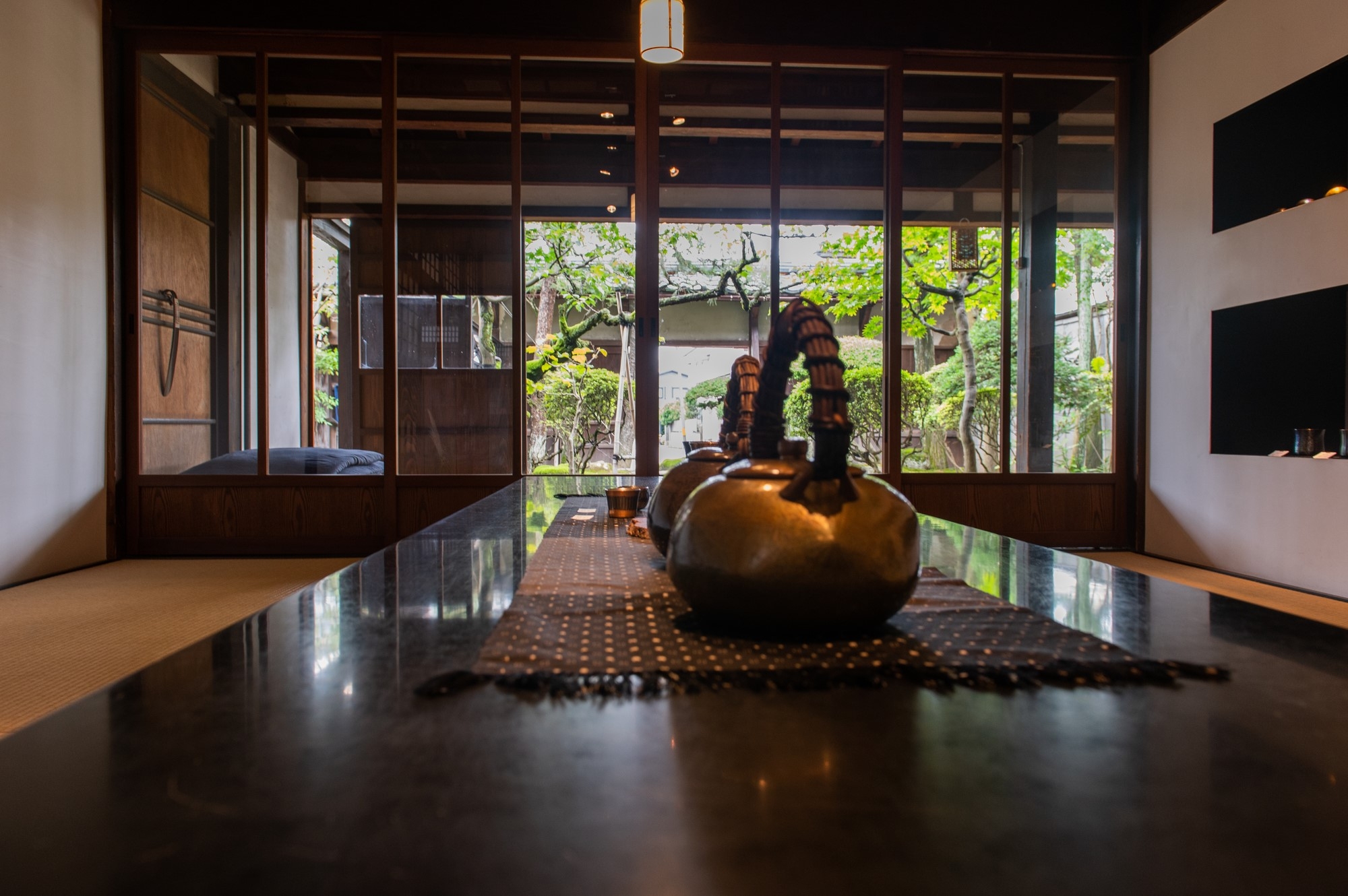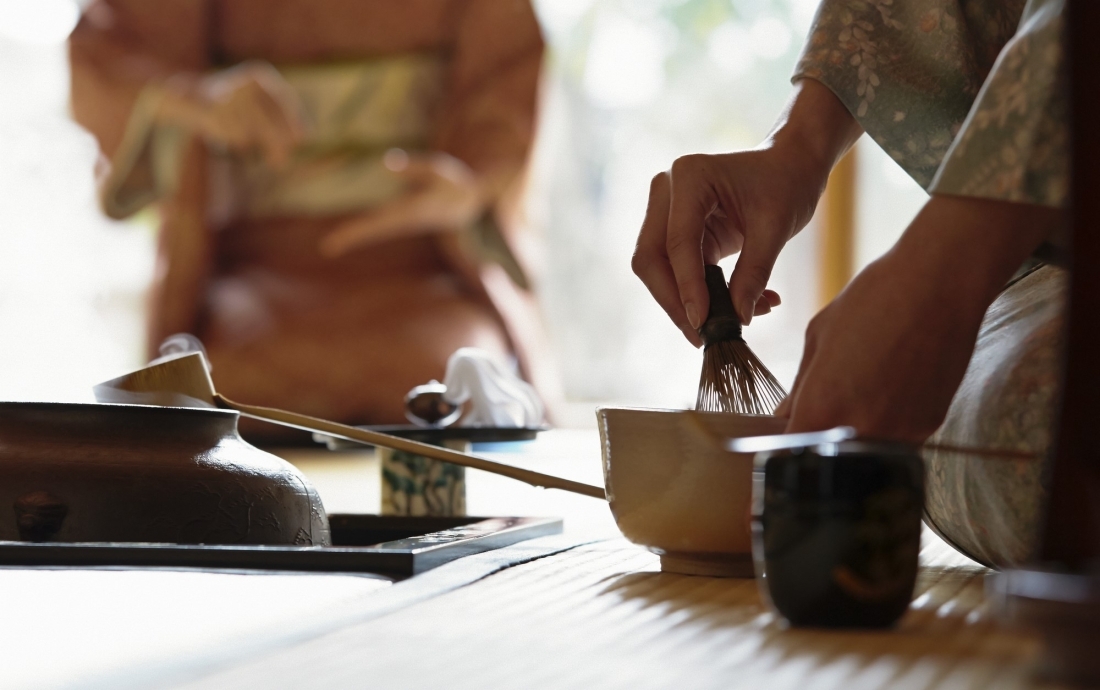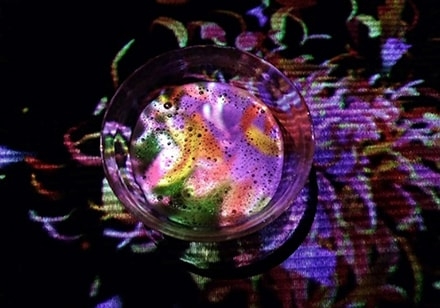TECH & CULTURE
The Essence of Japanese Teahouses
February 20, 2024
Japan's rich cultural heritage is steeped in the art of tea, a tradition that has flourished for centuries. The history of Japanese tea culture traces back to the 9th century, with its roots deeply embedded in Chinese influences. Zen monks, valuing simplicity and tranquility, designed tea rooms with minimal and straightforward materials. In the past, the style was rustic. Japanese people, who appreciate nature, can observe a natural influence in these tea rooms.
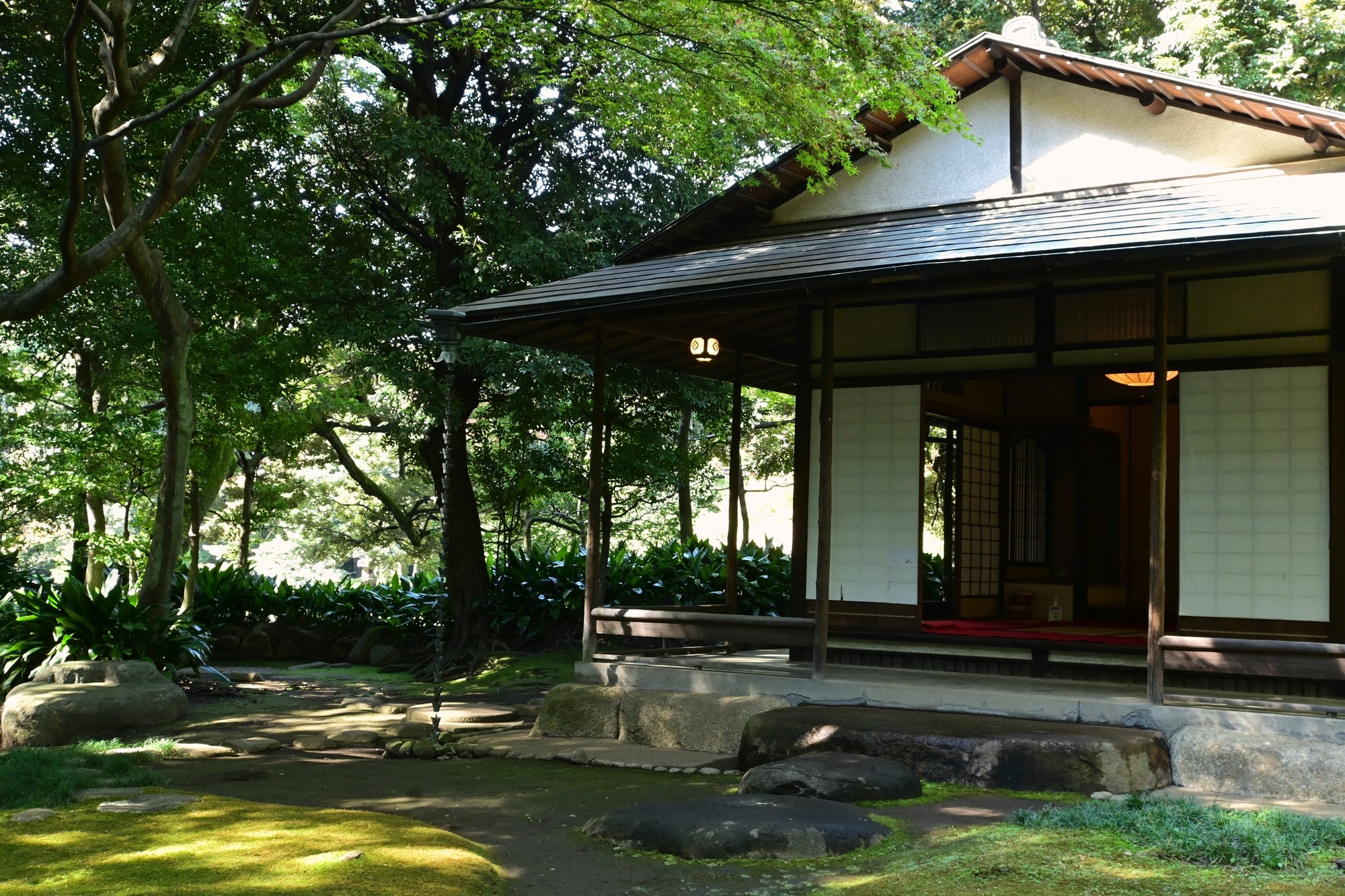
In Japanese culture, chashitsu refers to tea rooms designed for hosting tea ceremony gatherings. Any term prefixed with cha- is associated with tea, such as chaseki a designated place for tea, representing an indoor or outdoor space used for tea ceremonies, chabana denoting a floral arrangement dedicated to tea ceremonies, or chanoyu, hot water for tea, signifying a tea ceremony involving matcha preparation. The term "chashitsu" encompasses both standalone architectural structures crafted for tea ceremonies and dedicated rooms designed for this purpose. It suggests a welcoming tea space for guests, encompassing not only the room itself but also its surrounding amenities, including the garden path leading to it. Typically, modest-sized wooden structures, chashitsu can be found in the gardens or premises of private Japanese homes, as well as in parks, museums, or temples.
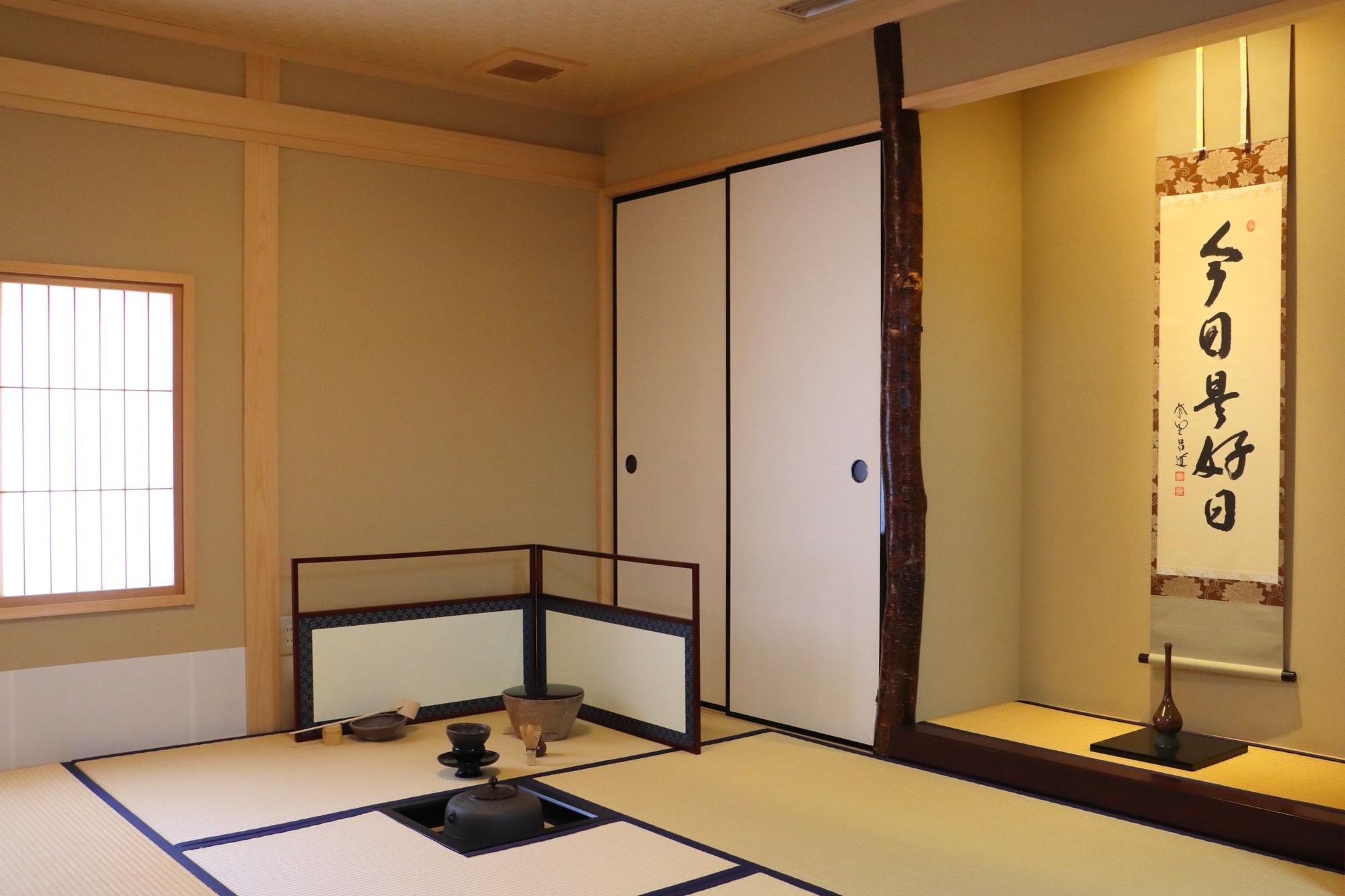
In terms of design and architecture, Japanese teahouses preserve the subtle grace of traditional structures while also delving into modern reinterpretations of the teahouse concept. The path leading to the teahouse is typically adorned with stone paving, and guests are prompted to cleanse their hands on a stone lantern before entering. This ritual serves a dual purpose: practical cleanliness and metaphorical significance, representing the act of shedding the impurities of the external world before entering a sacred space.
